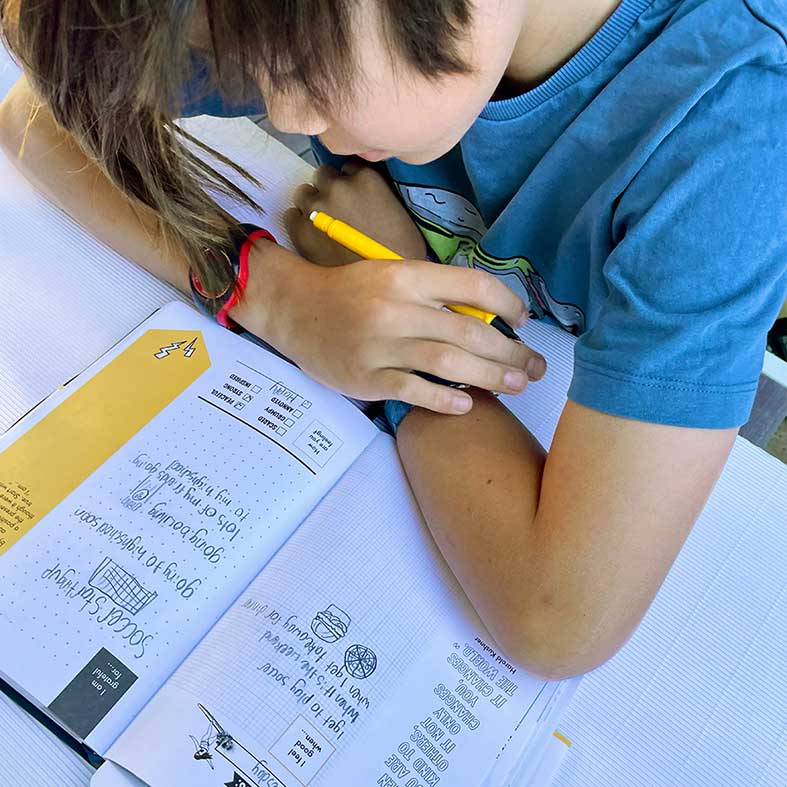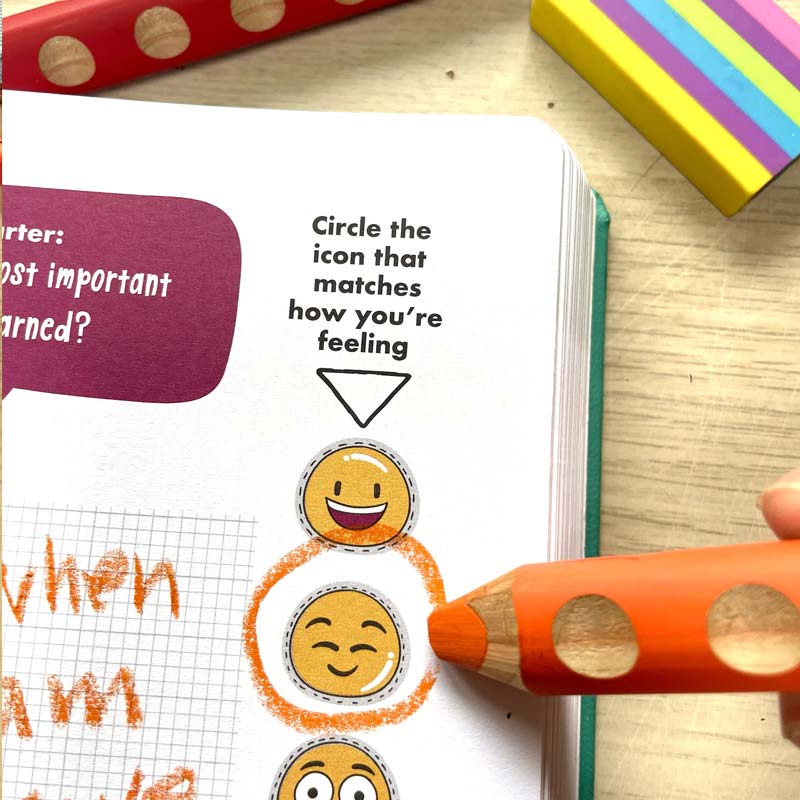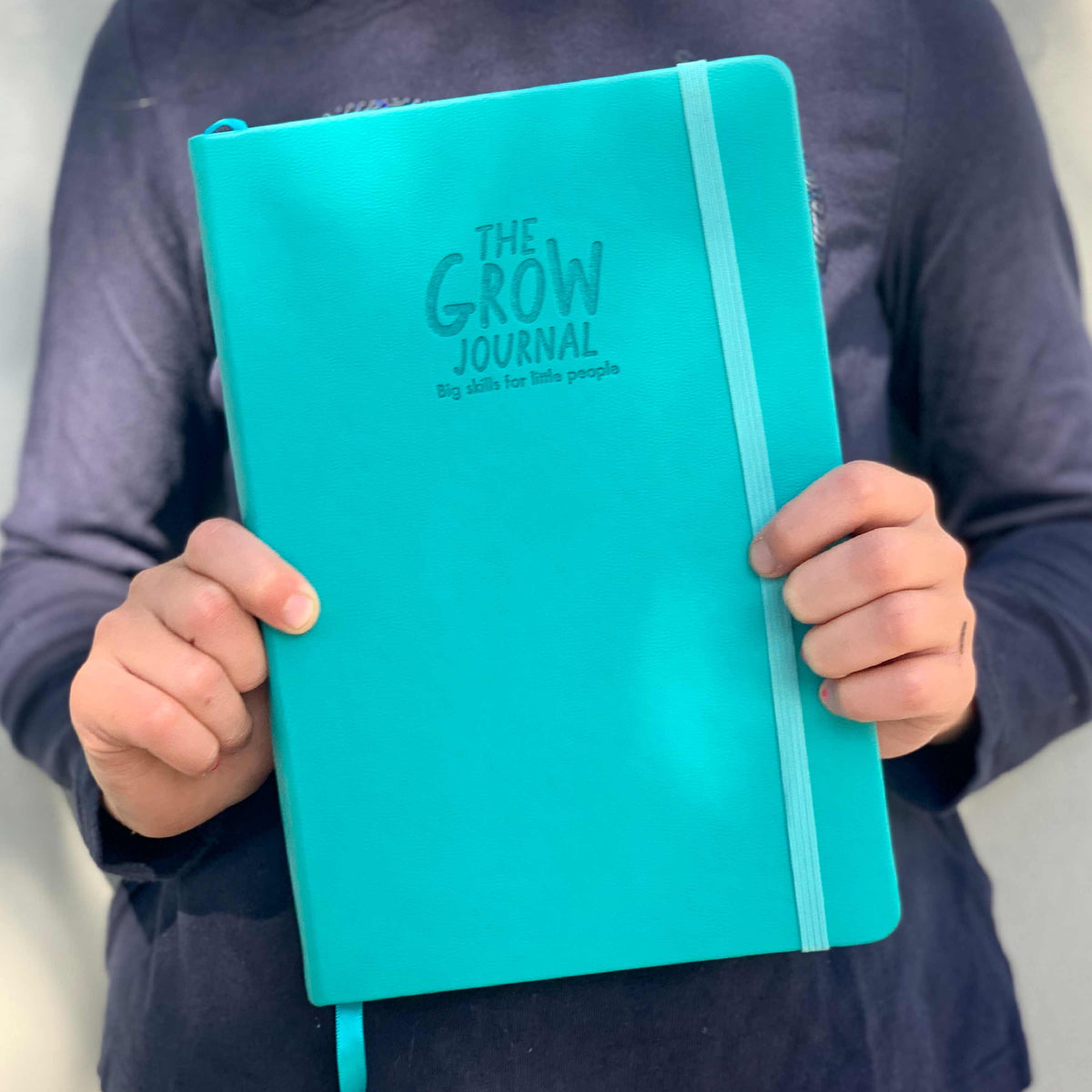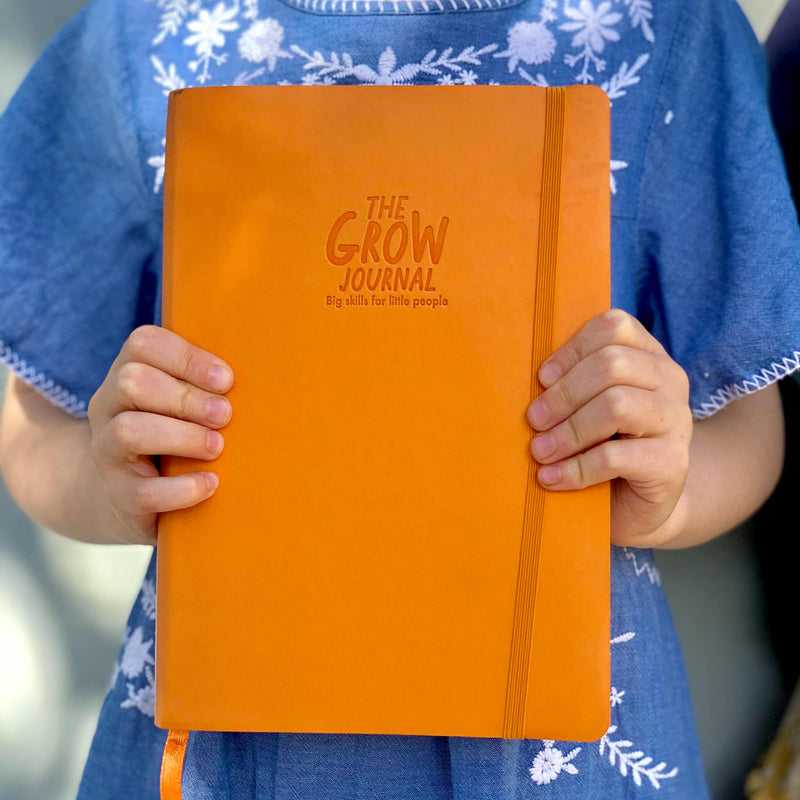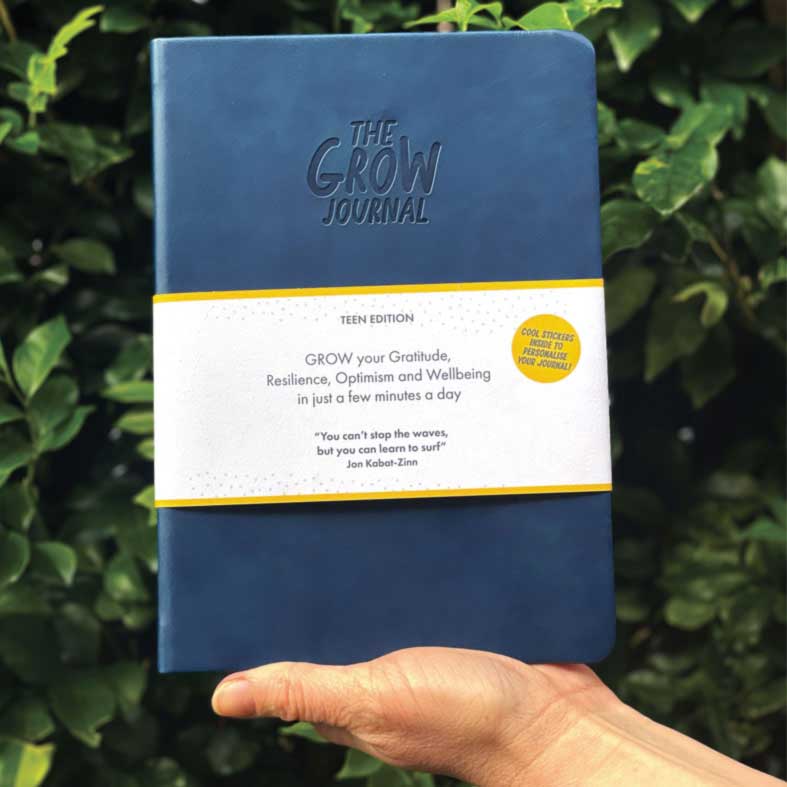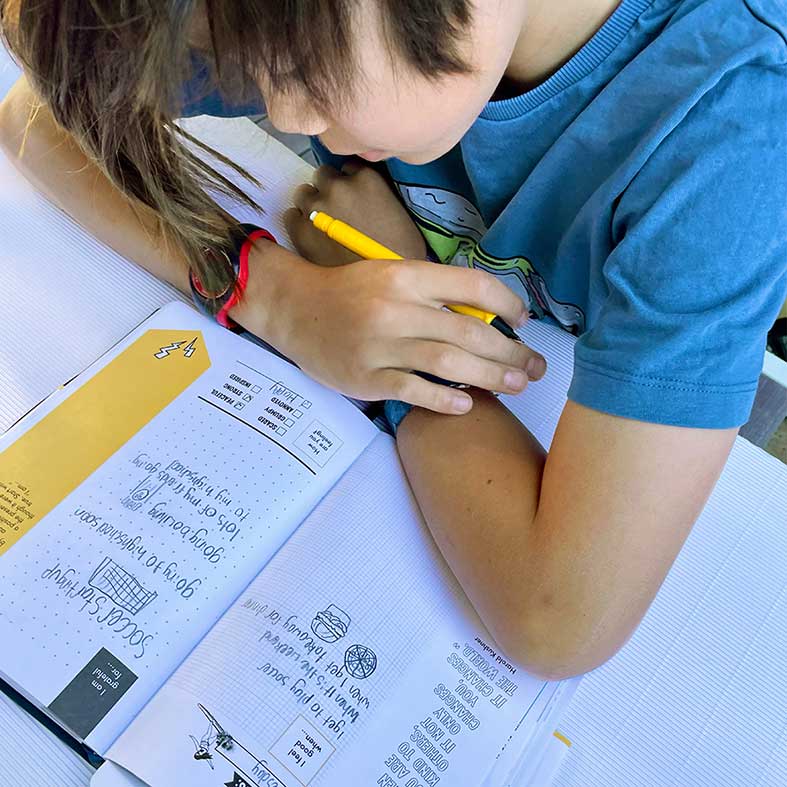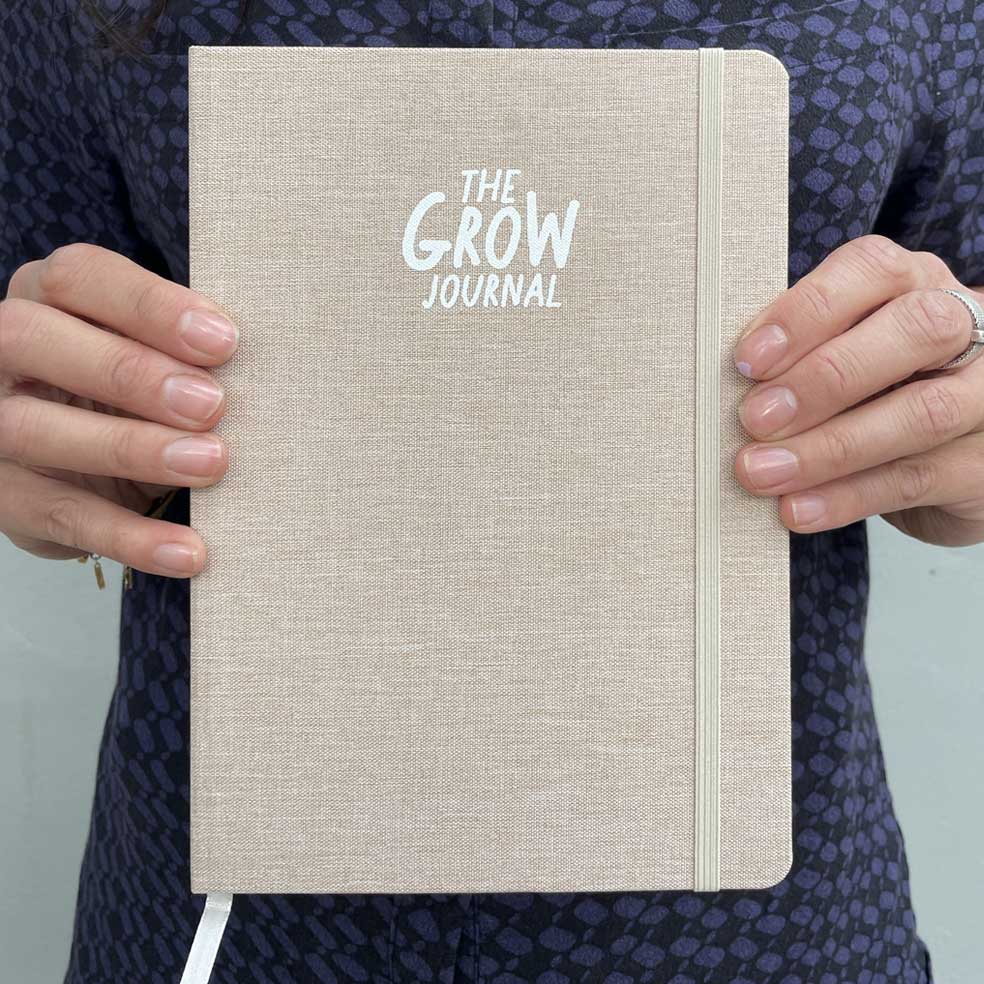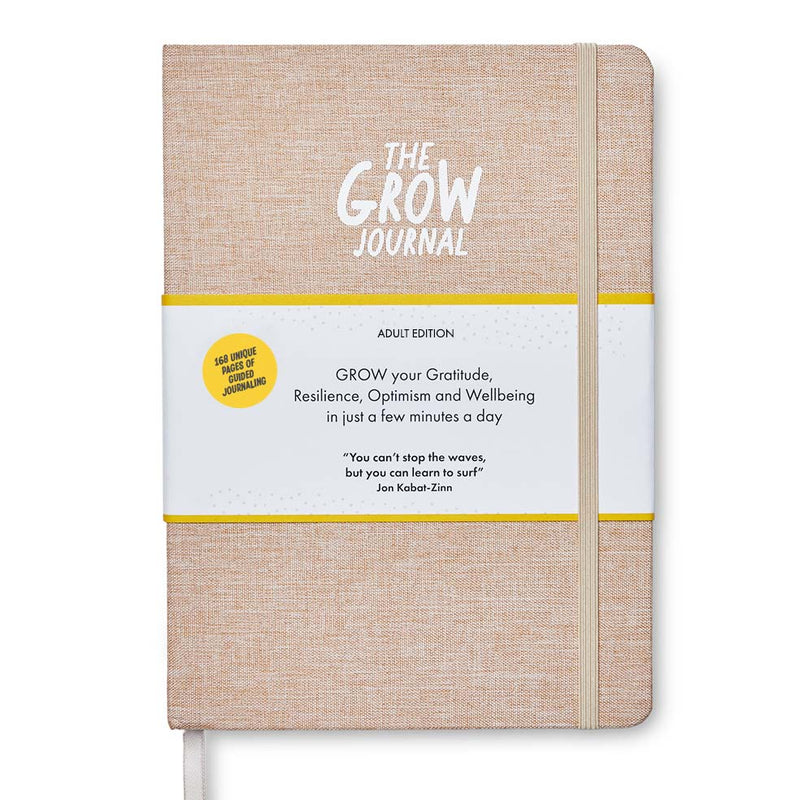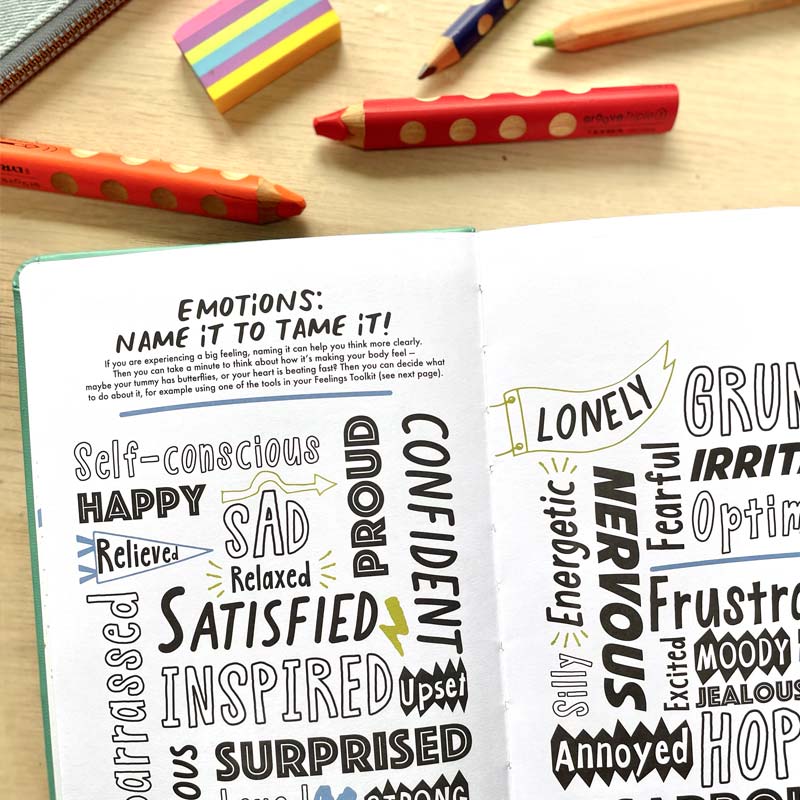
A New Way To Explore Feelings
We all experience feelings, all day, every day. How often do you take a moment to acknowledge them?
Especially the ones that don’t feel good.
Perhaps you've just had a conflict with one of the kids. Or you've been scrolling and encountered something online that triggered feelings of inadequacy. Or maybe you're feeling overwhelmed by something at work.
How frequently do you pause and check in on exactly what you're feeling, and why?
I understand why this might not seem immediately desirable. It's natural to want to suppress and avoid unwanted feelings. It's uncomfortable, so surely it's better to just try to move on quickly and leave that feeling behind?
Let me share how we can explore our feelings, and why it matters.
The ‘Down The Rabbit Hole’ Method
This exercise offers a simple way to uncover the true reasons behind our uncomfortable feelings.
The method is to continue asking yourself the 'why' question repeatedly until you reach what feels like the root of your feelings.
Let me illustrate how it works with an example. Suppose you became angry because your daughter got upset when her little brother touched her toy and she didn't want to share.
Question: Why did I get mad at my daughter for not sharing with her brother?
Answer: Because it's unkind not to share.
Question: Why do I care if she's not kind?
Answer: Because I want her to be considerate and empathetic towards others.
Question: Why is it important for her to be considerate and empathetic?
Answer: Because I believe that kindness and empathy are important values.
Question: Why do I believe kindness and empathy are important values?
Answer: Because I want my daughter to grow up to be a compassionate and caring individual who contributes positively to the world around her.
At a certain point, you can relate it back to what’s happened
In this example, here we could think about the original trigger, which was that our daughter didn’t share with her brother.
We can see from going ‘down the rabbit hole’, underneath our upset was a concern for our daughter’s overall well-being in life, and a fear that this behaviour she demonstrated meant that she wasn't a kind and empathetic person.
So then we get to ask ourselves whether we think this is true.
Do we think that this one moment, where she was struggling to share because she was experiencing big uncomfortable emotions, means she is not a kind and empathetic person, or will never be a kind and empathic person?
In all likelihood, no!
This is just an example, we all have different reasons for our feelings and triggers, and in this scenario your 'down the rabbit hole' questions and answers might be different, but you get the idea on how it works.
So How Does This Insight Help?
By going 'down the rabbit hole' we're able to access more clarity on our reaction, and separate the behaviour from our child.
And then we can show them kindness and empathy in those moments where they are struggling, and support them in learning to manage their own uncomfortable feelings.
It's from this place we can also create trust with our kids, and use these as teachable moments. So in this case, once our daughter has calmed down we can talk more about sharing, what it means, what it demonstrates, why it's important sometimes. And hopefully get to the bottom of what lead to her big feelings (maybe this toy was extra special, maybe her brother damaged a toy last time, maybe she was feeling grumpy or tired?).
This exploration with her, combined with our role-modeling of kindness and empathy when she was struggling to share, is much more likely to lead her to behaving with kindness and empathy herself in the future, than getting angry and reprimanding her, or forcing her to share, from our own triggered state.
We also get to move forward with new awareness of that ‘trigger’. Which means we are less likely to be triggered by those situations in future, and can manage similar situations with more awareness.
The more we practice, the easier it becomes to operate from a place of awarenss versus a place of being triggered, which means more calm at home and within our family relationships.
And we can use the 'down the rabbit hole' method across all areas of life, anytime we experience uncomfortable feelings.
This brings us more self-awareness, and the more self-awareness we have, the less reactive we become.
How Do Grow Journals Help?
When you use a Grow Journal, you are prompted each time to check in and think about how you’re feeling.
So you become familiar with checking in, and practice exploring the range of different emotions you feel. And the more we practice things, the easier and more natural they become.
Our Kids and Teen Editions of the Journal support your kids in expanding their emotional vocabulary and literacy, laying the foundations for self-awareness.
Imagine a world full of adults who grew up learning to connect to how they feel. They have self-awareness (which helps across all areas of life and decision-making), better emotional regulation so they can ride the ups and downs of life with more ease, and better relationships.
Tune in for Part 2 next week when I’ll share more about checking in with our feelings in the moment versus creating space to explore deeper, and tips for how to do it.
Kids GROW Journal︱6-12 years
- Regular Price
- $44.95
- Sale Price
- $44.95
- Regular Price
-
- Unit Price
- Translation missing: en.general.accessibility.unit_price_separator
Teen GROW Journal︱12 years +
- Regular Price
- $44.95
- Sale Price
- $44.95
- Regular Price
-
- Unit Price
- Translation missing: en.general.accessibility.unit_price_separator
Adult GROW Journal
- Regular Price
- $44.95
- Sale Price
- $44.95
- Regular Price
-
- Unit Price
- Translation missing: en.general.accessibility.unit_price_separator


